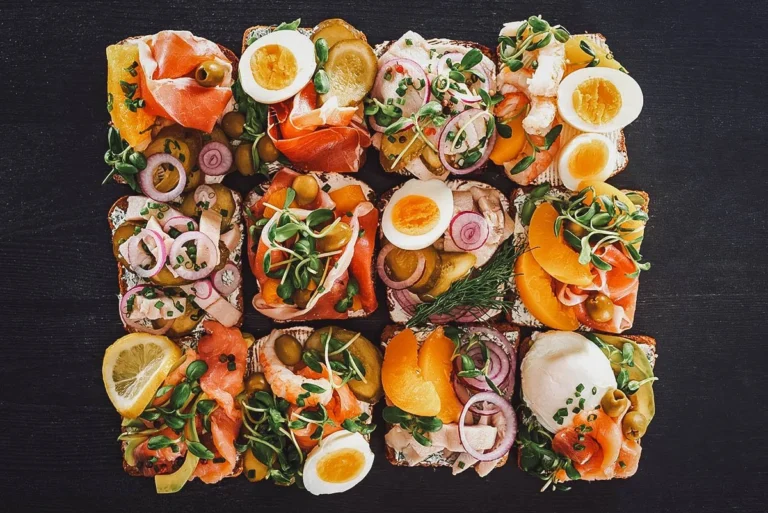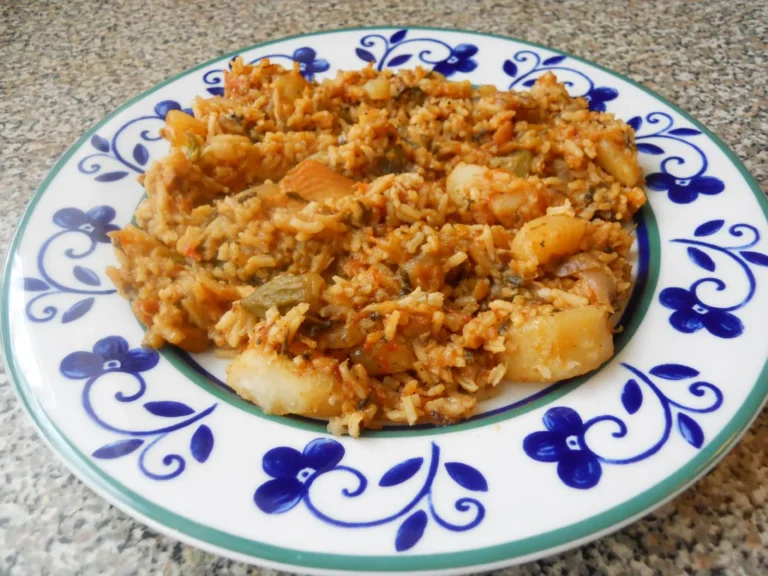Introduction
Cuban cuisine is a blend of Spanish, African, and indigenous influences. The island’s unique history, geography, and climate gave rise to a distinct culinary tradition. While Cuban cuisine is known for its delicious pork dishes, black beans, and plantains, it is not a monolithic cuisine. There are regional differences in Cuban cuisine that reflect the diverse cultural and environmental factors that have shaped the island’s food culture over time.
Cuban Cuisine Overview
Cuban cuisine is a fusion of Spanish, African, and indigenous culinary traditions. The Spanish brought European ingredients and techniques, while the African slaves introduced their own cooking styles and ingredients. The indigenous people of Cuba contributed to the cuisine with ingredients such as yucca, cassava, and corn. The island’s tropical climate and fertile soil have also influenced Cuban cuisine, with fruits like mangoes, papayas, and pineapples being staples in many dishes.
Regional Differences in Cuban Cuisine
Cuban cuisine has regional differences due to the island’s size, geography, and history. There are three main regions in Cuba: Eastern, Central, and Western. Each region has its own unique culinary traditions, although there are some commonalities.
Eastern Cuban Cuisine
Eastern Cuban cuisine is influenced by the island’s indigenous people and the Spanish colonizers. It is known for its seafood dishes, use of coconut milk, and spicy seasonings. Popular dishes include “congri oriental,” a rice and bean dish, and “caldosa,” a soup made with yucca, plantains, and pork.
Central Cuban Cuisine
Central Cuban cuisine is influenced by the African slaves who worked on the sugar plantations in the region. It is known for its hearty stews and casseroles, as well as its use of root vegetables. Popular dishes include “ropa vieja,” shredded beef in a tomato sauce, and “tamal en cazuela,” a corn and meat casserole.
Western Cuban Cuisine
Western Cuban cuisine is influenced by both Spanish and African culinary traditions. It is known for its roasted meats, such as “lechon asado” (roast pork), and its use of citrus fruits in marinades and sauces. Popular dishes include “sancocho,” a stew made with meat and root vegetables, and “picadillo,” a ground beef dish with olives and raisins.
Summing It Up
Cuban cuisine is a blend of Spanish, African, and indigenous influences. The island’s unique history, geography, and climate gave rise to a distinct culinary tradition. However, there are regional differences in Cuban cuisine that reflect the diverse cultural and environmental factors that have shaped the island’s food culture over time.
Conclusion
Cuban cuisine is a diverse and delicious culinary tradition that reflects the island’s unique history, geography, and culture. While there are similarities between the various regions of Cuba, there are also distinct regional differences in Cuban cuisine that are worth exploring and appreciating. Whether you’re in Eastern, Central, or Western Cuba, you’re sure to find a delicious meal that will satisfy your taste buds and leave you wanting more.










